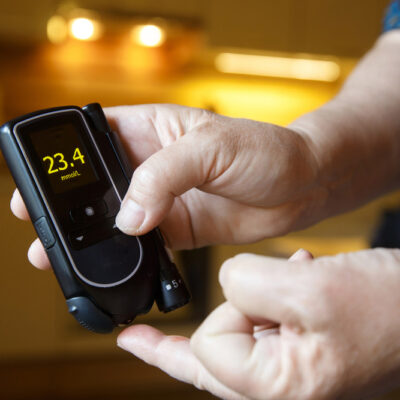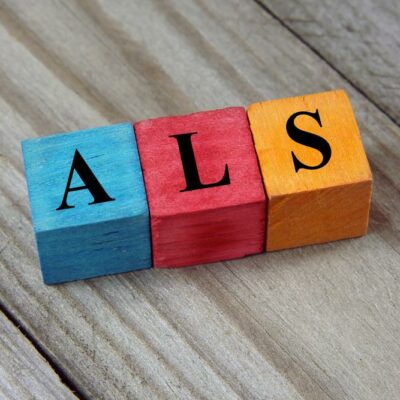
Health
Hacks To Help Quit Smoking
Roughly 480,000 U.S. deaths are attributed to smoking, 29% of which are due to Lung Cancer, while 28% are from Ischemic Heart Disease. Smoking addiction is one of the most common addictions in the U.S. yet so many don’t entirely understand the true cost of smoking. You can’t wake up in the morning without feeling the need to smoke, you can’t get through the day without multiple smoke breaks because the anxiety you feel without smoking is crippling. But in truth, you can never really gain anything of value from this addiction, but you can lose so much from smoking addiction. If you are struggling with a smoking addiction, you need to know that you don’t have to be one of these statistics. If you have come to the decision and are ready to quit the addiction, here some tips to help you on your way to success: 1. Find an accountability partner Holding yourself accountable is a highly effective way to keep yourself honest when you are fighting an addiction, and an accountability partner can do just that. This can be a family member, a close friend, a counselor, try finding a smoking cessation program. Tell them your goal, ask them to help hold you accountable for achieving that goal with regular contact and updates on how you are doing on your journey.
Read More 












